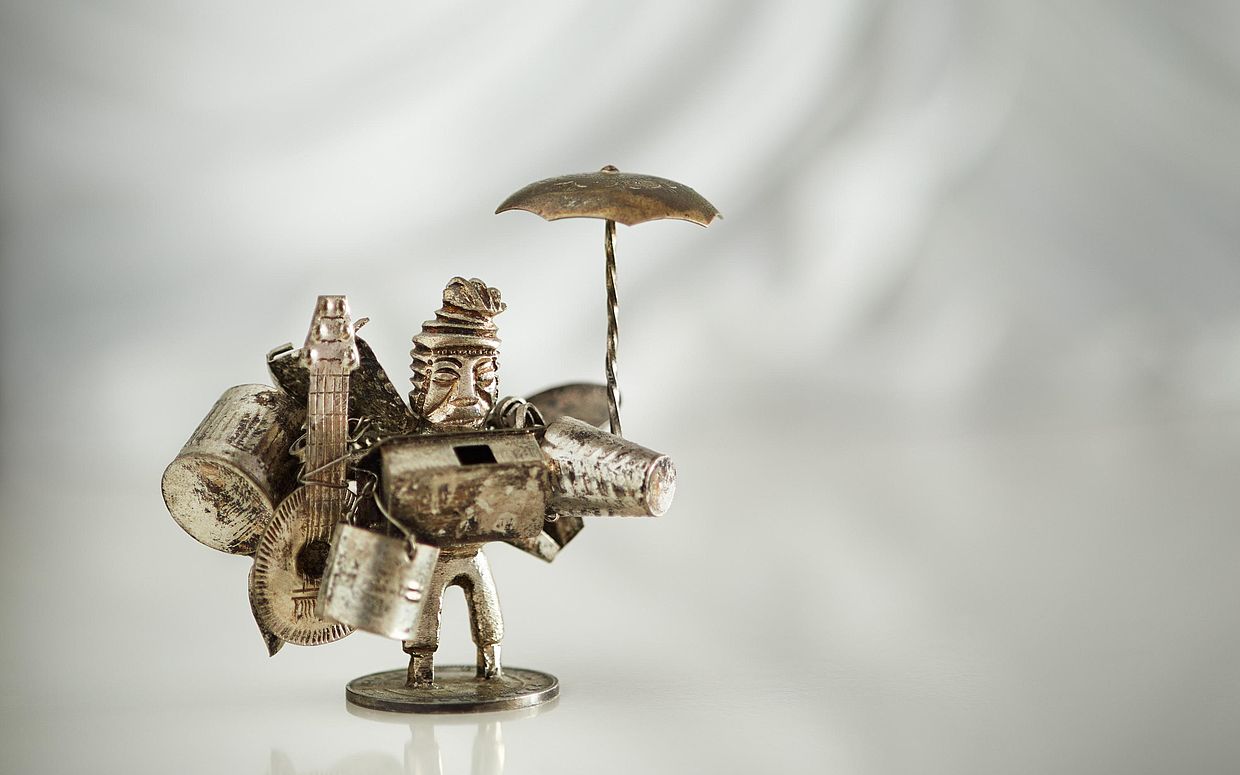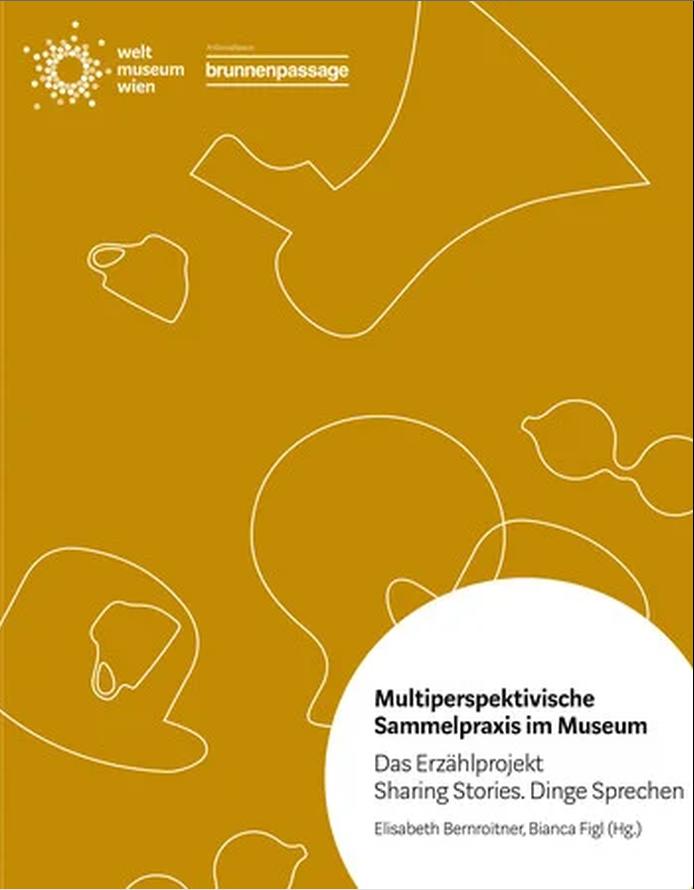About the project
Meaningful objects carry unique stories that conserve past memories, symbolize ideas and values, and help us define and present ourselves. At the same time, the same objects can carry very different meanings for others. The project Sharing Stories examines the place in which different narratives on the same objects meet and negotiate.
Between 2015 and 2017, the project Sharing Stories has invited the broad public to bring an object meaningful to them and to tell its story in 10 pop-up stations in Vienna. A special interview format developed for this project has produced around 150 intimate, rich and captivating stories. From simple, daily objects such as a key or a necklace, to specific or rare objects such as a box of a missing film or a handmade ritual mask, the object owners shared stories of love and friendship, loss and longing, belonging and alienation, faith, passion, travels and adventures, migration, assimilation, terror and hope.
Throughout the duration of the project, photos of the objects and summaries of the stories have been gradually uploaded to the project’s page at the museum’s website, thus forming an open-access archive. Now that the archive is open, the public is once again invited to look at the objects, read the stories, and contribute their own perspectives on these objects. Multiple perspectives on the same object can enhance our understanding of how we relate to our objects and to each other.
Project History
In late 2014, artist Tal Adler and historian and art-educator Karin Schneider were invited by the Weltmuseum Wien to collaborate on a new project that was imagined by the museum as a traveling reach-out project for the time in which the museum was closed for renovations. Together with the museum’s collaboration partner Brunnenpassage Wien, and the museum’s curators Claudia Augustat and Jani Kuhnt-Saptodewo, the project Sharing Stories was developed through a unique interdisciplinary collaboration, around the artistic concept of Tal Adler. Bianca Figl from the museum’s education department lead the project.
Duration
April 2015 to October 2017
Contact
info@weltmuseumwien.at


